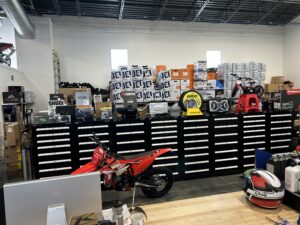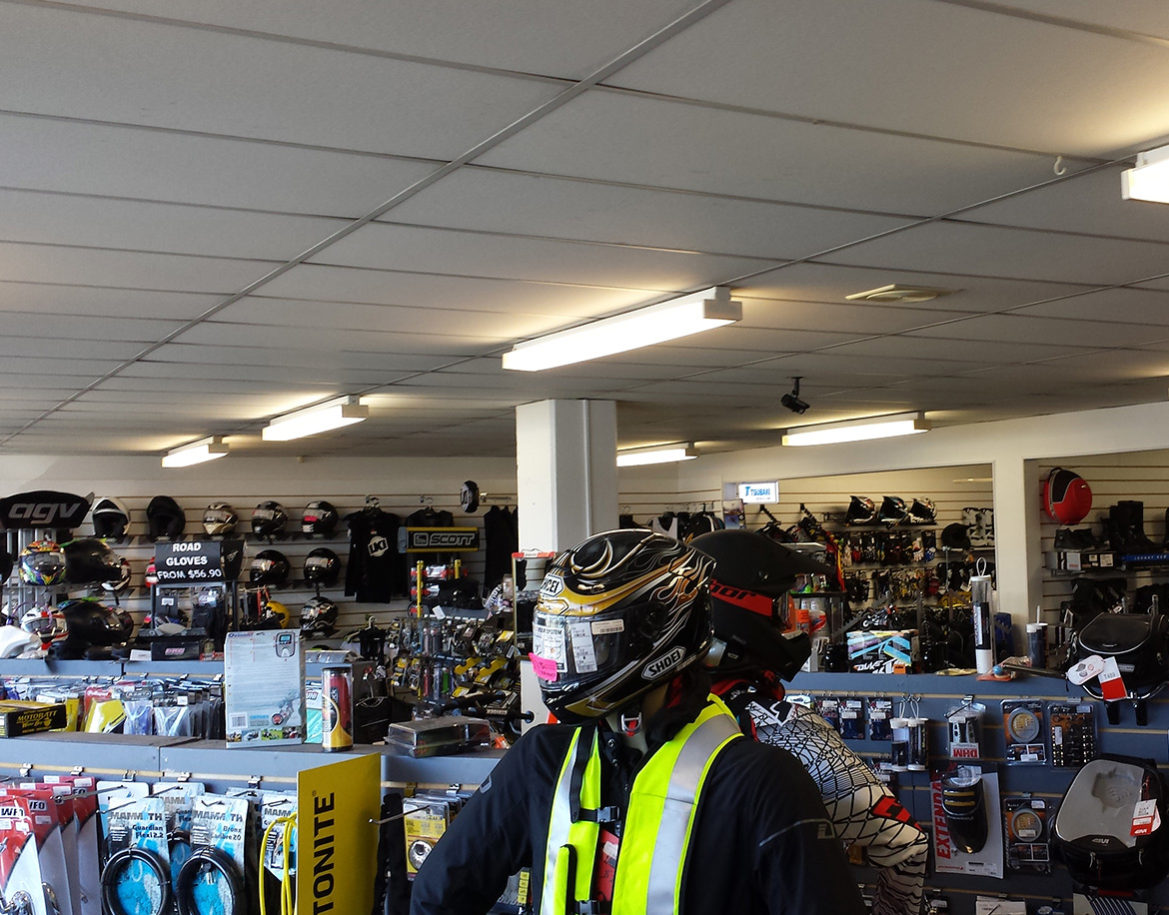Unleash Efficiency with Premium Motox Parts NZ Available Right Here
Unleash Efficiency with Premium Motox Parts NZ Available Right Here
Blog Article
Recognizing the Crucial Parts of a Bike: A Comprehensive Guide for Lovers
For bike enthusiasts looking to boost their riding experience and guarantee their bikes run smoothly, comprehending the crucial components of a motorbike is paramount. Each element, from the engine's detailed functions to the critical duty of the braking systems, not only affects performance yet also safety and security and convenience.
Engine Components

The camshaft plays an important role in controlling the timing of the engine's shutoffs, making certain the specific opening and closing essential for effective gas and air intake, as well as exhaust expulsion. This timing is important to keeping optimum engine efficiency and effectiveness. In addition, the carburetor or gas shot system, depending upon the motorcycle model, is accountable for blending air with fuel in the proper proportion for burning.
The air conditioning system, either air or liquid-based, functions to keep the engine's temperature within operational restrictions, preventing overheating and ensuring long life - moto parts nz. Each component, meticulously developed and incorporated, adds to the smooth operation of the engine, specifying the bike's power result and general performance
Transmission System
Important to the motorbike's functionality, the transmission system ensures reliable power transfer from the engine to the wheels. This system makes up a number of vital components, consisting of the clutch, transmission, and last drive, each playing a crucial role in converting the engine's power right into activity. The clutch, commonly run by a hand bar, serves to engage and disengage the engine from the transmission, permitting for smooth gear changes and regulated velocity.
The gearbox, usually referred to as the transmission proper, contains a collection of gears that motorcyclists can manually move via to adjust the bike's speed and torque result. These equipments are prepared in a sequence that allows the bike to speed up efficiently and maintain ideal engine performance across various rates. A lot of bikes make use of a consecutive transmission, requiring the motorcyclist to change gears in a fixed order.
Braking Devices
While comprehending the transmission system is essential to harnessing a motorbike's power, equally crucial is the ability to control and quit that power efficiently, which is where braking mechanisms enter play. Brakes are essential for safety and security and efficiency, giving the motorcyclist with the required control to navigate various surfaces and problems. Generally, motorcycles feature 2 kinds of braking systems: disc brakes and drum brakes.
Disc brakes are a lot more common in modern bikes due to their superior efficiency. They include a brake disc, caliper, and pads. When turned on, the caliper presses the brake pads versus the Full Report rotating disc, converting kinetic energy right into warm, thus slowing down the wheel. This system supplies much better warm dissipation, regular performance, and improved quiting power, specifically in damp conditions.
Alternatively, drum brakes, though less typical, are still found in some motorbikes. They function by pressing brake footwear against the inner surface of a drum connected to the wheel. While usually less reliable in warmth dissipation and stopping power, drum brakes are less complex and much more cost-efficient.
Recognizing these braking systems' subtleties permits riders to preserve their bikes properly and appreciate the engineering that guarantees reliable and safe quiting.
Suspension and Steering
Suspension and guiding systems are crucial parts that substantially influence a motorbike's handling and trip comfort. The suspension system, being composed of forks at the front and shock absorbers at the rear, absorbs road abnormalities, boosting security and control. Front forks, generally telescopic or upside down, compress and rebound to alleviate effects, while rear shock absorbers maintain tire contact with the roadway, vital for grip and safety.
Steering, focused around the handlebars, links the biker to the motorbike's directional control. The guiding head bearings make certain smooth operation, allowing accurate maneuverability. Correct alignment and upkeep of these bearings are critical for predictable guiding response and decreasing motorcyclist tiredness.
The suspension's adjustability is one more important aspect; preload, damping, and rebound settings allow modification to match various riding problems and styles. This adaptability is necessary for enhancing efficiency, whether browsing city streets or tackling sturdy tracks. Innovations like electronic suspension systems offer real-time adjustments, boosting experience top quality across diverse surfaces.

Electric Solutions
After guaranteeing a controlled and smooth adventure via reliable suspension and steering systems, attention turns to the electrical systems, a critical aspect of modern motorcycles. These systems play an important duty not only in beginning the engine however likewise in powering different components that enhance the functionality and safety of the motorcycle.
At the heart of a motorcycle's electrical system is the battery, which stores electrical energy needed for beginning the engine and powering auxiliary systems - motorbike shop. The alternator or generator, combined with the rectifier-regulator, makes certain the battery remains billed while the motorbike functions, transforming mechanical energy right into electric power and preserving voltage degrees
The ignition system, an additional critical element, is accountable for firing up the air-fuel blend in helpful site the engine's cylinders. Modern bikes Read Full Report commonly make use of an electronic ignition system, offering greater efficiency and integrity contrasted to conventional systems.
Illumination systems, including headlights, tail lights, and signs, are likewise crucial, ensuring exposure and security for the motorcyclist. Extra digital parts such as sensors, control units, and presents add to sophisticated functions like gas shot monitoring, anti-lock stopping systems (ABDOMINAL), and digital dashboards, further improving the riding experience.
Verdict
An extensive understanding of a bike's vital components, including the engine, transmission system, stopping devices, suspension, guiding, and electrical systems, is crucial for lovers aiming to optimize comfort, security, and efficiency. Mastery of these components permits for educated choices pertaining to upkeep and upgrades, inevitably boosting the riding experience. By integrating this expertise, bikers can guarantee their motorbikes operate at peak effectiveness and integrity, consequently taking full advantage of both enjoyment and long life of their automobiles.
For motorcycle lovers looking to raise their riding experience and guarantee their bikes run smoothly, recognizing the vital elements of a motorbike is vital.Important to the motorcycle's functionality, the transmission system makes certain efficient power transfer from the engine to the wheels.While recognizing the transmission system is key to harnessing a motorbike's power, just as vital is the capacity to control and quit that power effectively, which is where braking devices come into play. Generally, motorbikes feature two types of braking systems: disc brakes and drum brakes.
A thorough understanding of a bike's crucial elements, consisting of the engine, transmission system, stopping mechanisms, suspension, guiding, and electrical systems, is essential for enthusiasts aiming to enhance safety and security, convenience, and efficiency.
Report this page